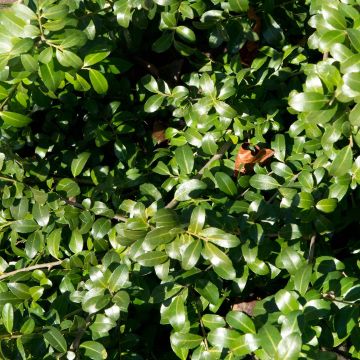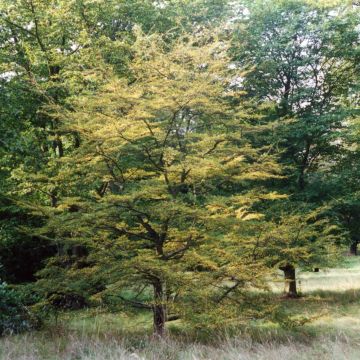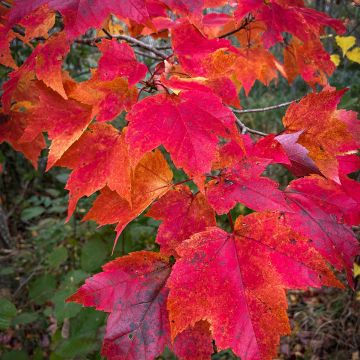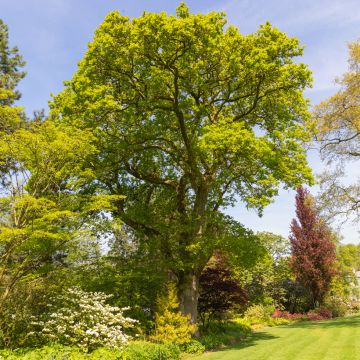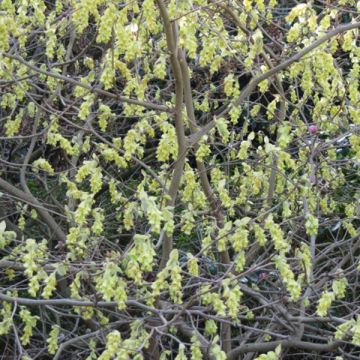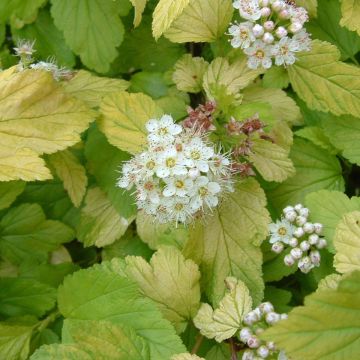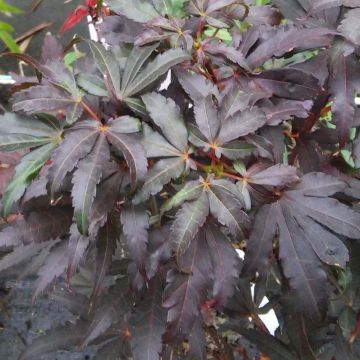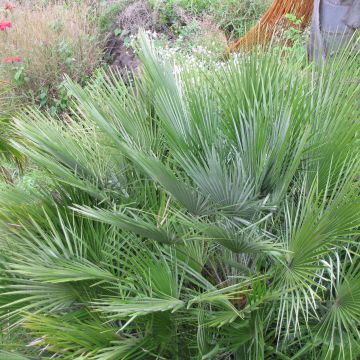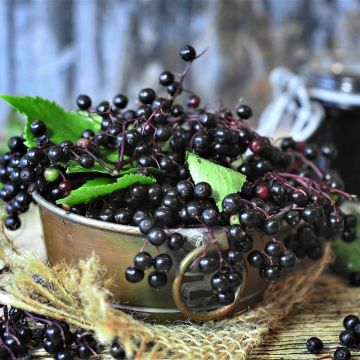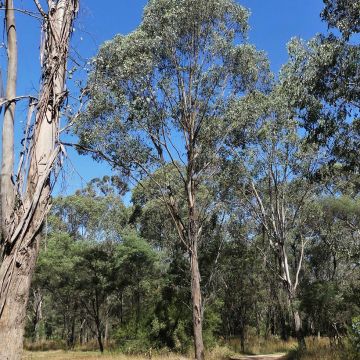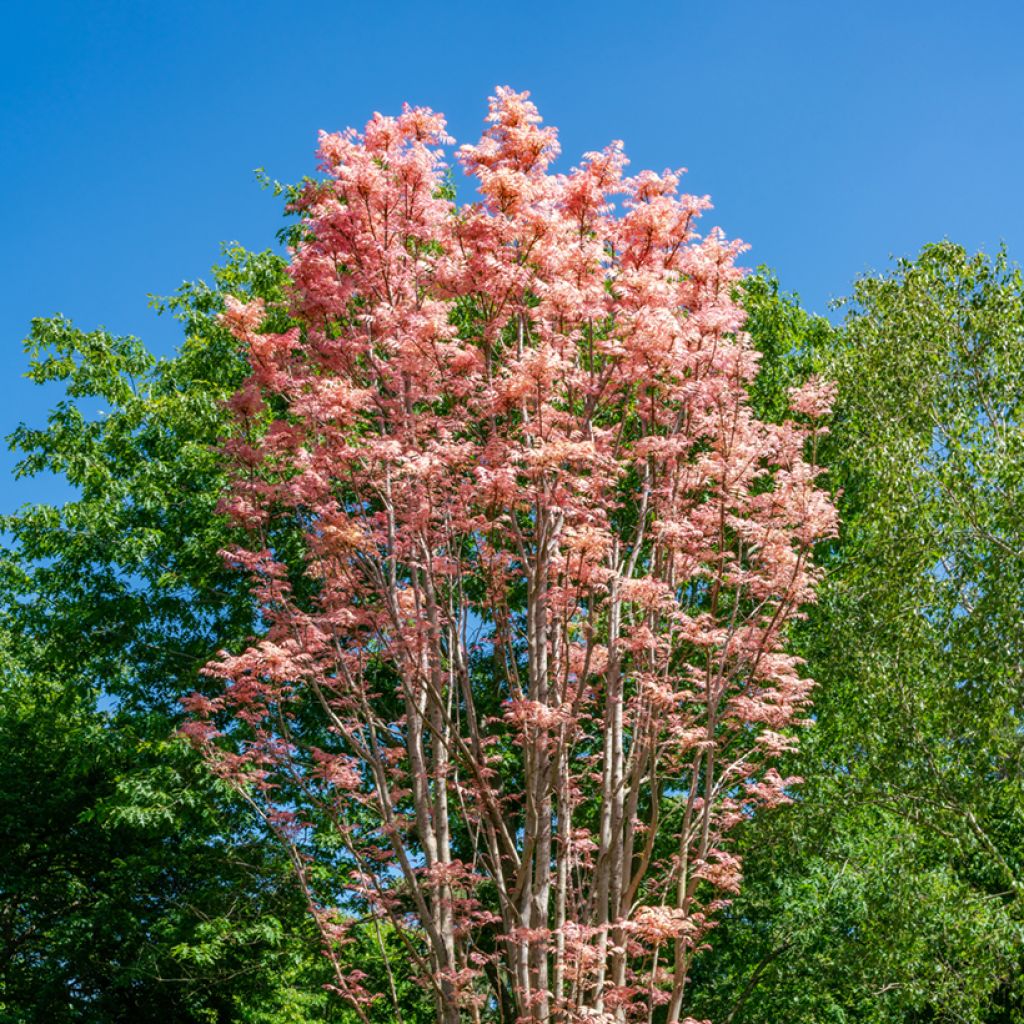

Toona sinensis Flamingo - Chinese Mahogany
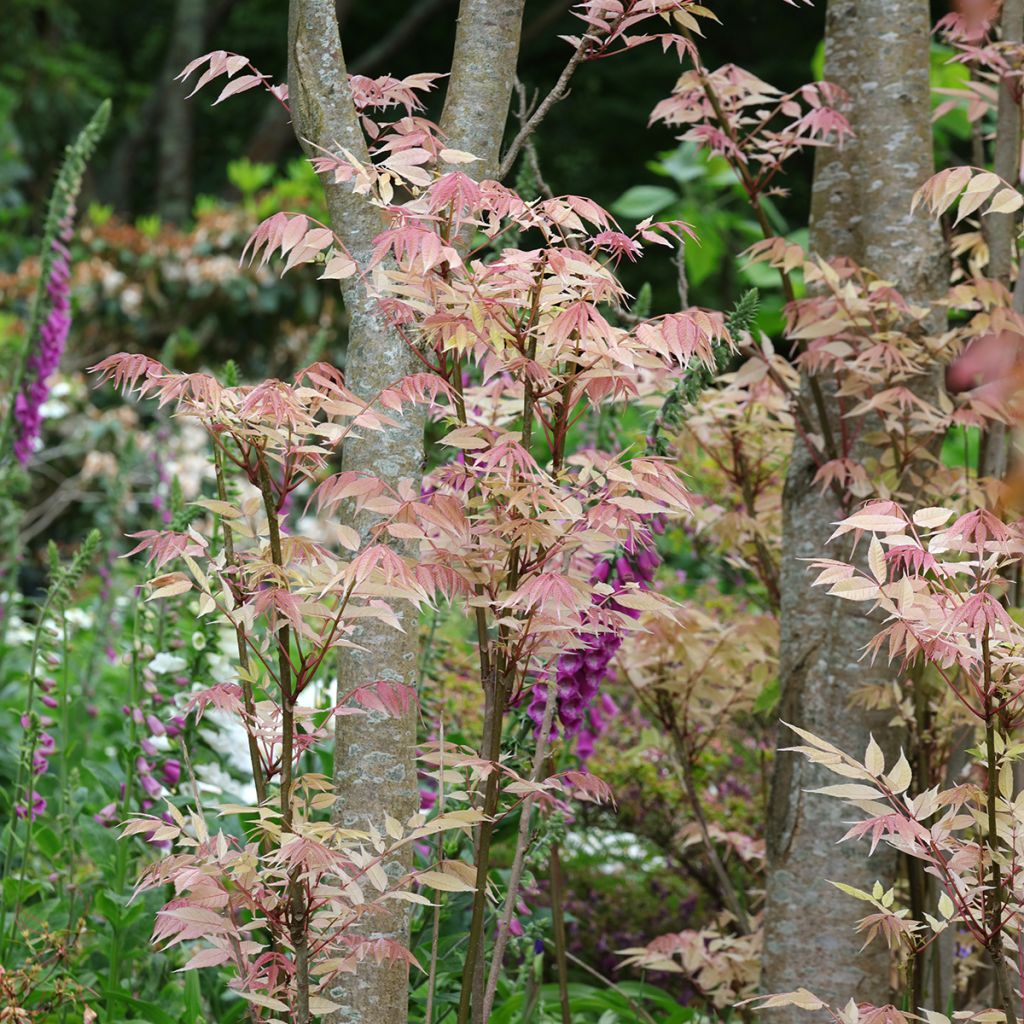

Toona sinensis Flamingo - Chinese Mahogany
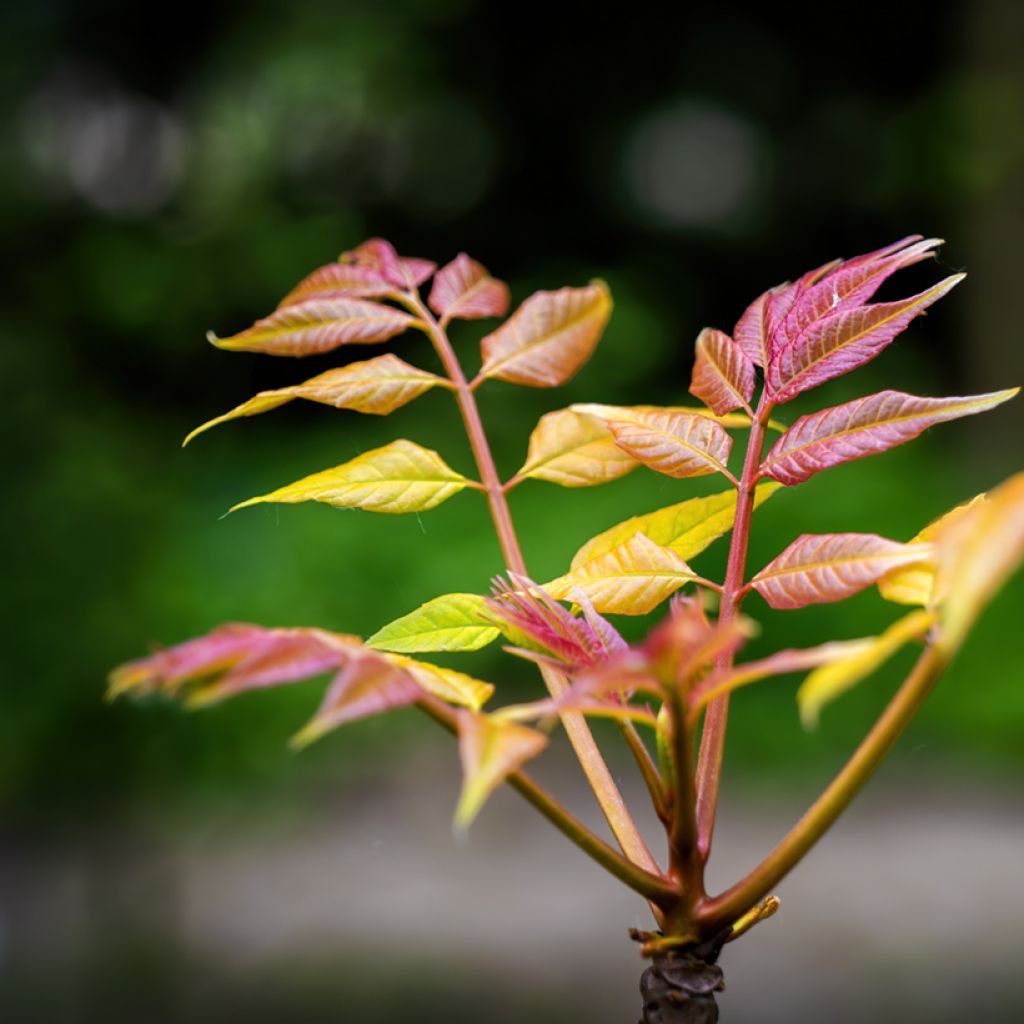

Toona sinensis Flamingo - Chinese Mahogany
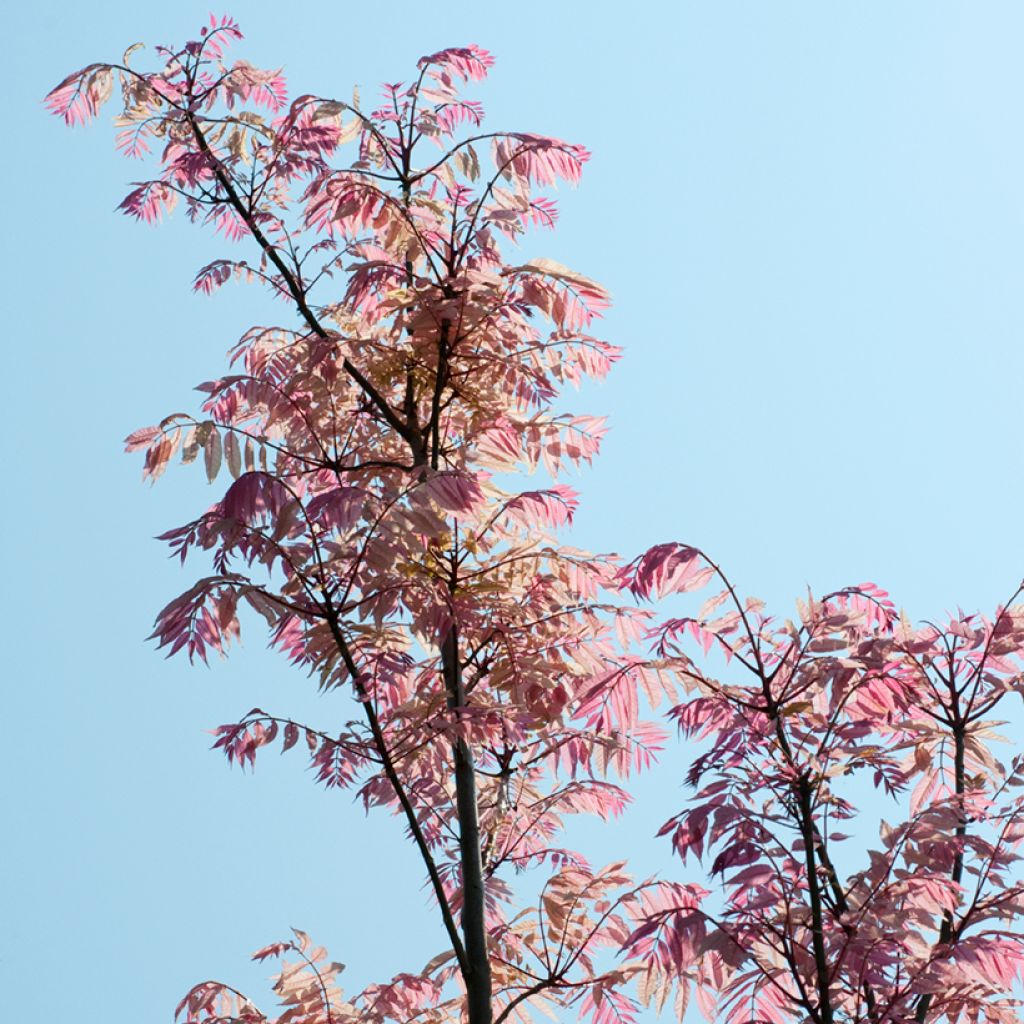

Toona sinensis Flamingo - Chinese Mahogany
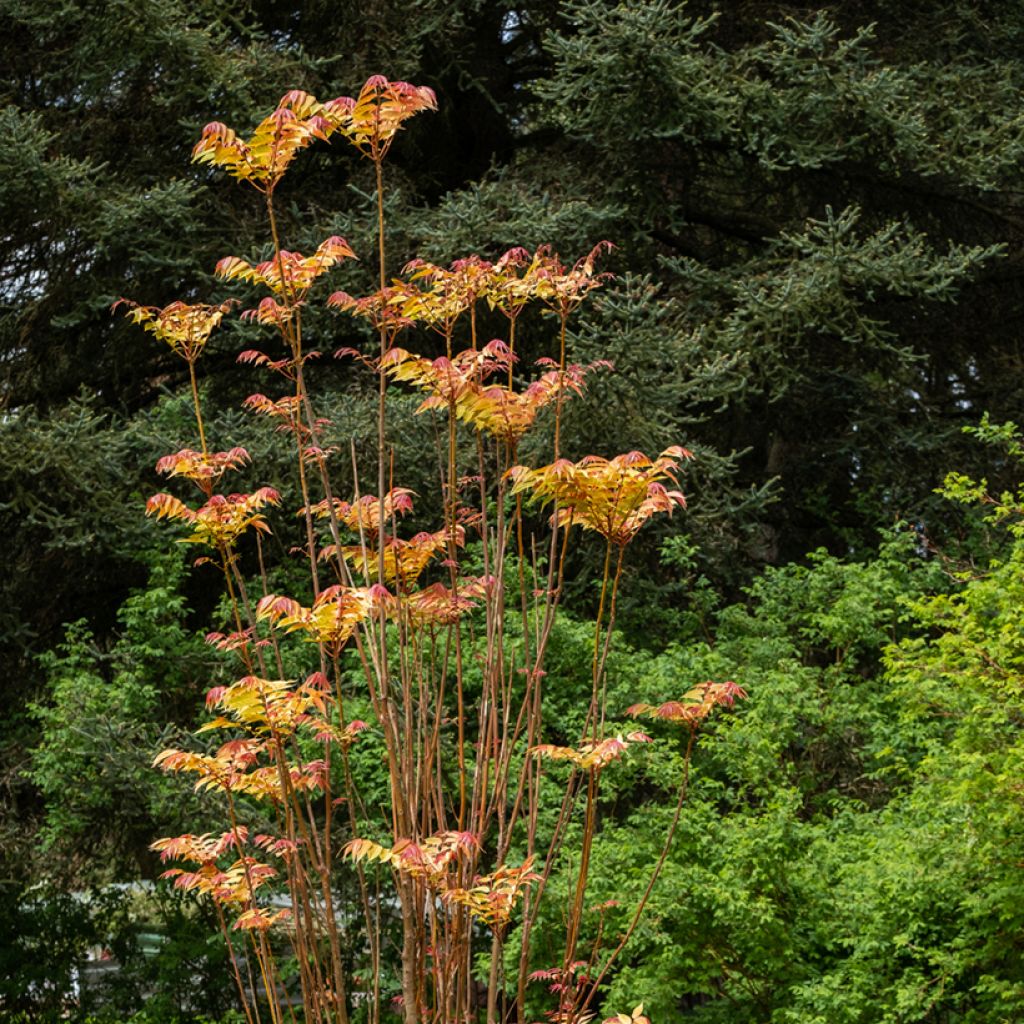

Toona sinensis Flamingo - Chinese Mahogany
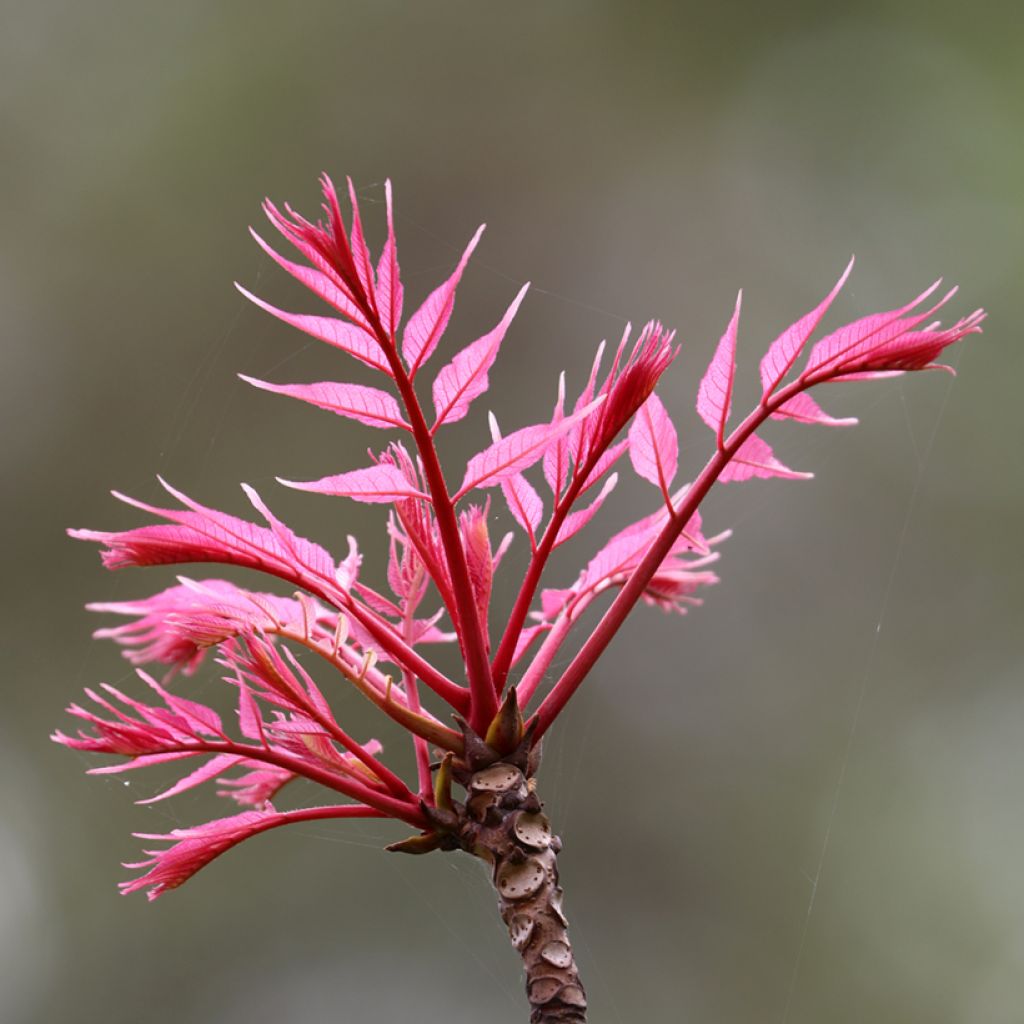

Toona sinensis Flamingo - Chinese Mahogany
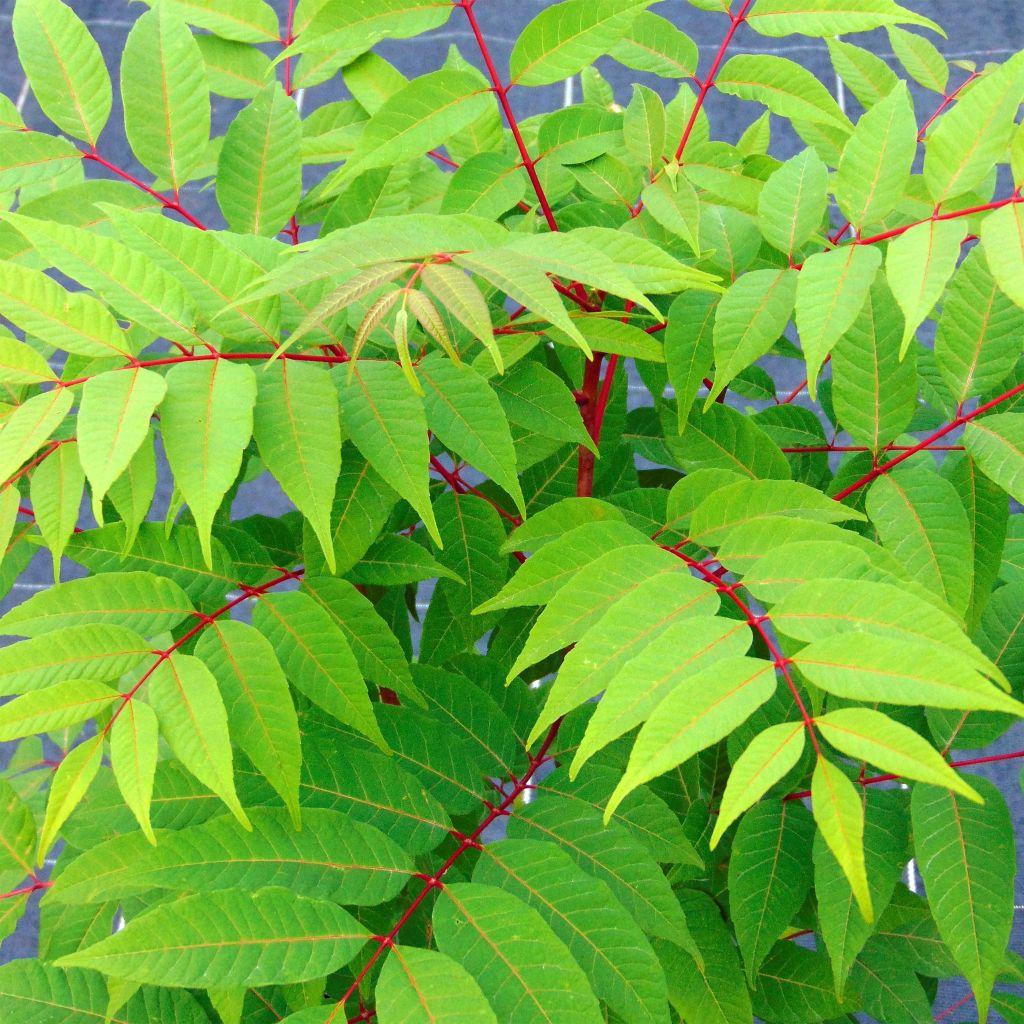

Toona sinensis Flamingo - Chinese Mahogany
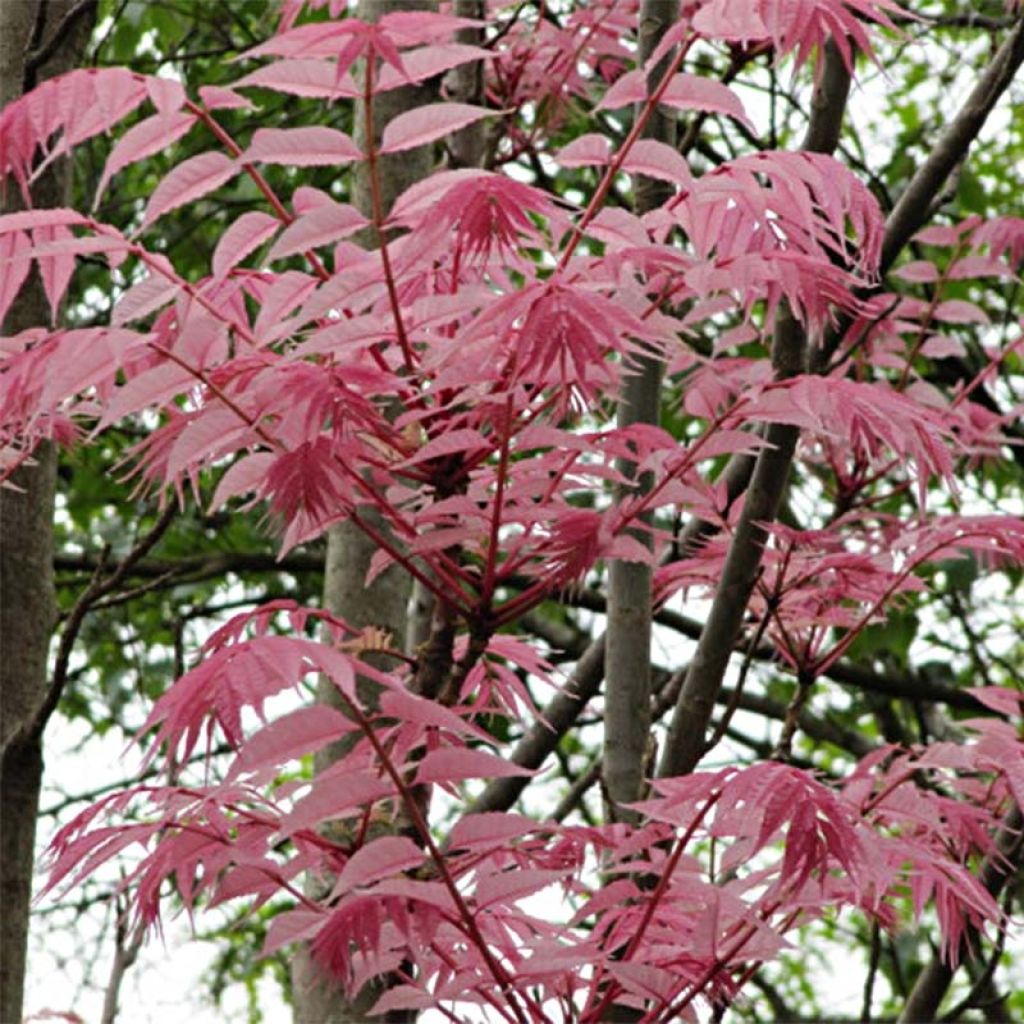

Toona sinensis Flamingo - Chinese Mahogany
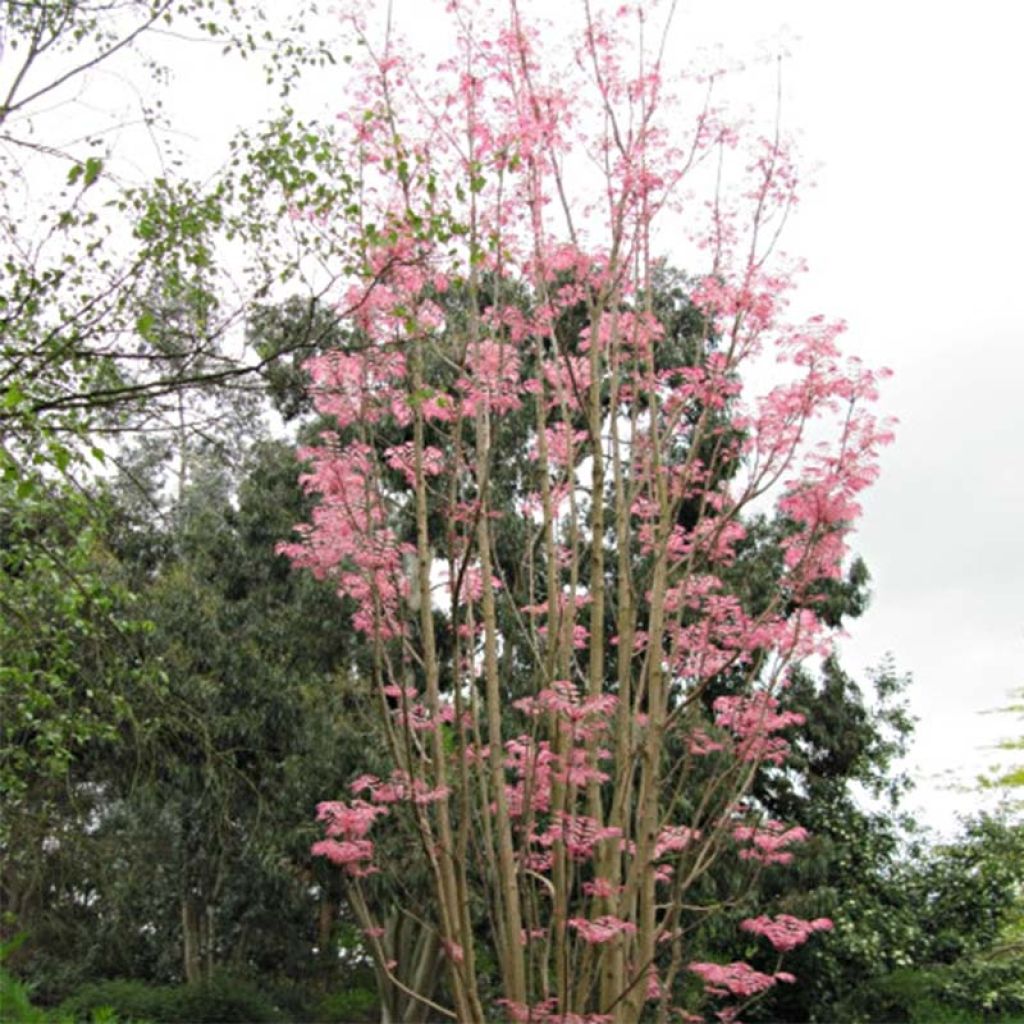

Toona sinensis Flamingo - Chinese Mahogany
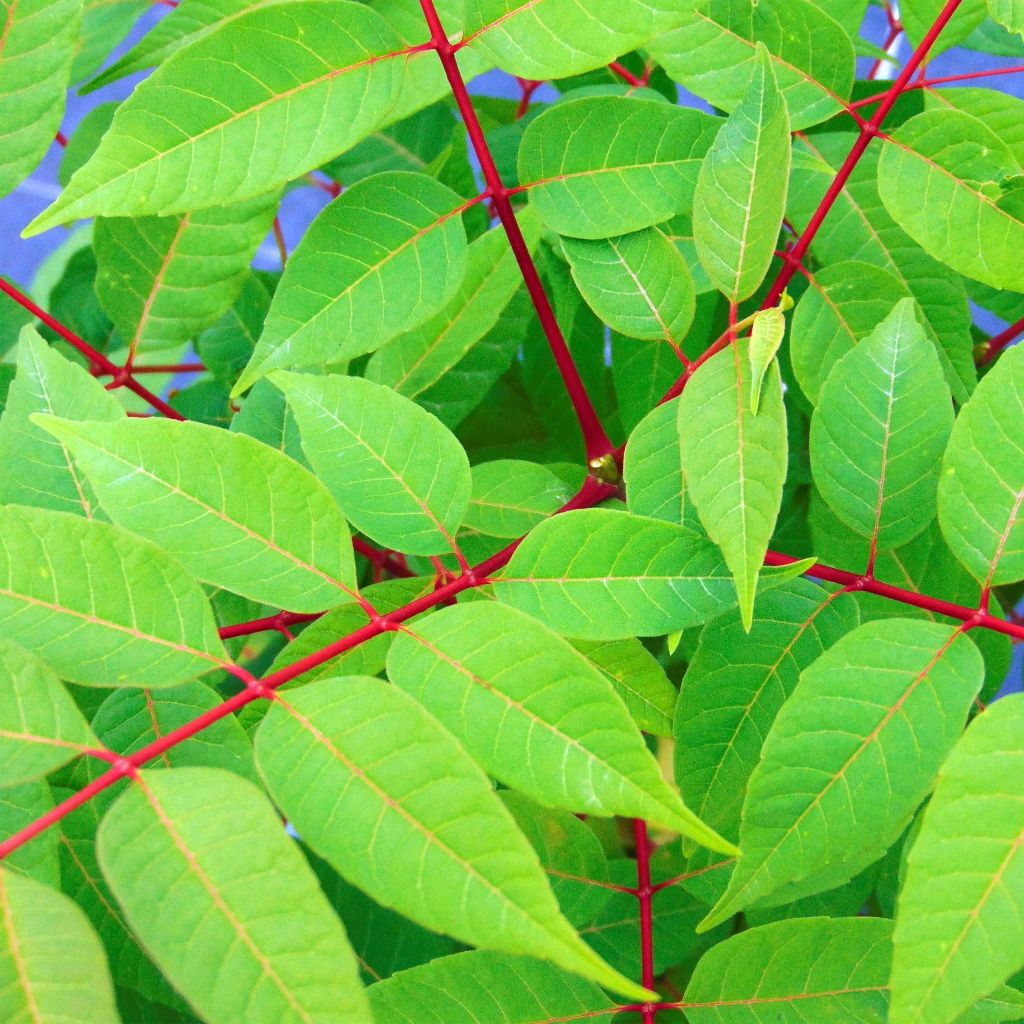

Toona sinensis Flamingo - Chinese Mahogany
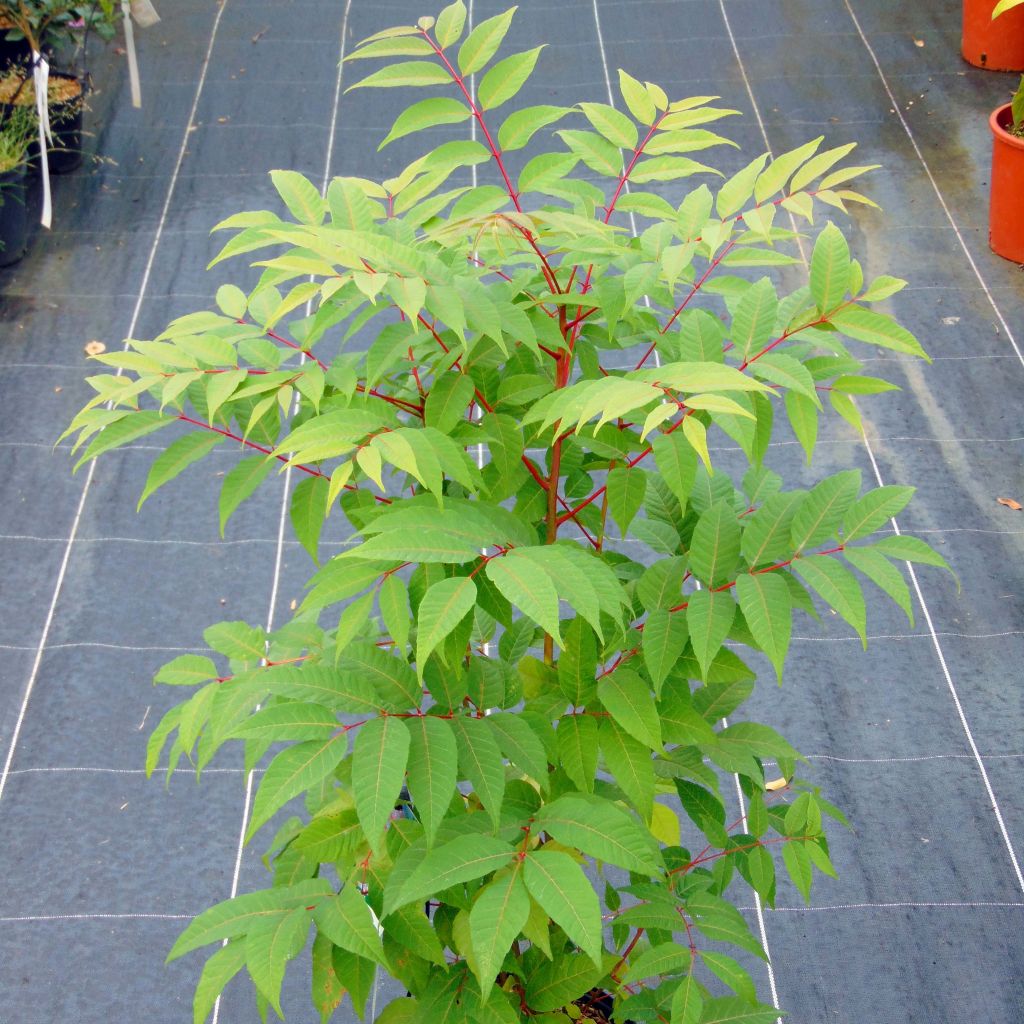

Toona sinensis Flamingo - Chinese Mahogany
Toona sinensis Flamingo - Chinese Mahogany
Toona sinensis Flamingo
Chinese Mahogany, Chinese Toon, Red Toon, Chinese Cedar
The plant arrived with the top of the stem roughly torn off. I planted it in the ground, hoping it will recover.
Marine, 24/01/2025
This item cannot be shipped to the selected country
Delivery charge from €5.90
Delivery charge from €5.90
More information
Schedule delivery date,
and select date in basket
This plant carries a 24 months recovery warranty
More information
We guarantee the quality of our plants for a full growing cycle, and will replace at our expense any plant that fails to recover under normal climatic and planting conditions.
From €5.90 for pickup delivery and €6.90 for home delivery
Express home delivery from €8.90.
From €5.90 for pickup delivery and €6.90 for home delivery
Express home delivery from €8.90.
Does this plant fit my garden?
Set up your Plantfit profile →
Description
Cedrela sinensis 'Flamingo' or Chinese Cedar, is an amazing and wonderful plant. It is very difficult not to succumb to its foliage, cut into long leaflets of an extraordinary pink in spring, standing along a magnificent column. This small tree of Chinese origin changes colour throughout the seasons, going from spring creamy-pink to bright green in summer, and then to orange-yellow at the end of the season. Winter reveals its grey and fissured bark, whose resinous aroma evokes that of cedar. It is a very beautiful tree that makes a magnificent specimen to plant in isolation. To succeed in its cultivation, it must be planted in a bright location, in fertile and moist soil, sheltered from cold winds, preferably in a mild climate.
There is confusion in the name of this tree, called according to sources Toona sinensis, Cedrela toona or Cedrela sinensis. The genus Cedrela, exclusively American, is currently separated from the genus Toona, native to the old continent. Toona sinensis or Chinese Cedar, the only commercialized species, belongs to the Meliaceae family, just like Melia azedarach. It is native to Eastern and Southern China, as well as Southeast Asia. The growth of this tree is fast, especially in the first 10 years.
The cultivar 'Flamingo' distinguishes itself by a narrower and strongly fastigiate habit, a less significant development, and foliage whose colour varies with the seasons. As an adult, it will not exceed 10 m (33ft) in height with a spread of 2 to 3 m (7 to 10ft). It forms a slightly arched and open column. The deciduous foliage, a major asset of this variety, somewhat resembles that of the Tree of Heaven in shape. It is composed of long leaves cut into numerous ovate and pointed leaflets. Their colour is shrimp pink to coppery pink, with garnet veins and petioles in spring. They then become lighter, white-cream, before turning green in summer. The undersides of the leaves are always lighter. In autumn, the entire foliage takes on a beautiful yellow-to-orange hue. The leaves are the same size on a young subject and on a mature subject, which makes the tree very ornamental even in its early years. The insignificant flowering takes place in May-June. It forms in the axils of the leaves, in the form of small inconspicuous inflorescences, composed of tiny white-cream flowers. The remarkable bark of the Flamingo Chinese Cedar is greyish and cracks and crevices in long strips over the years. Its grey-pink wood contains a resin-like aromatic compound and is highly prized in cabinetmaking.
The Flamingo Chinese Cedar is a semi-hardy species, capable of enduring short frosts of around -10 to -15°C (14 to 5°F) once mature. It is best to grow it in regions where the winter is rather mild and the summers sufficiently wet, and to protect it from cold winds. Plant it in isolation, or in the company of shrubs and perennials planted all around its base, choosing colours that match its foliage. For example, you can look for blue flowers to accompany its pink leaves in spring, such as irises or ceanothus. In autumn, it is the blue or mauve stars of asters that will flatter the beautiful warm tones of its foliage. Proximity to water points suits it well as long as the soil is not waterlogged.
Report an error about the product description
Toona sinensis Flamingo - Chinese Mahogany in pictures
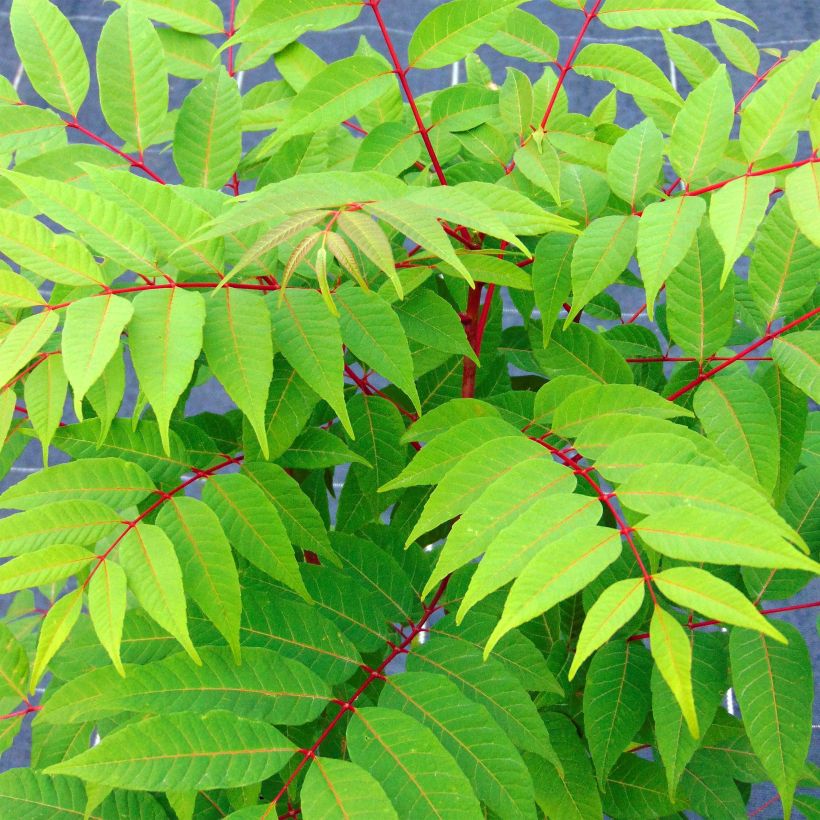

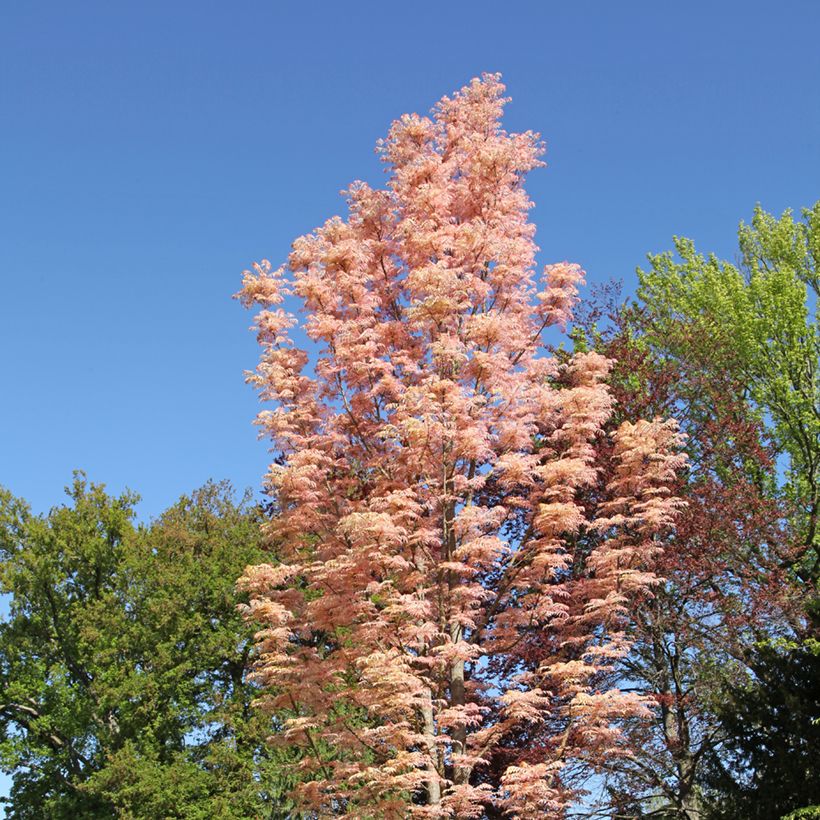

Plant habit
Flowering
Foliage
Botanical data
Toona
sinensis
Flamingo
Meliaceae
Chinese Mahogany, Chinese Toon, Red Toon, Chinese Cedar
Cultivar or hybrid
Planting and care
Plant Cedrela (Toona) sinensis Flamingo in spring or autumn in mild climates. Install it in deep, fertile, light and well-drained soil that remains moist throughout the year. If your soil is poor or sandy, add compost when planting. The soil pH is not critical, as it can tolerate slightly acidic, neutral or even slightly alkaline soils. Choose a well-exposed location, in full sun, but protected from cold and dry winds. Water to help it establish. A well-established tree can tolerate short frosts of around -12 to -15°C (10.4 to 5°F). During the first few winters, use a thick winter cover if very low temperatures are forecast. Mulch the soil in summer to maintain moisture at its base.
Planting period
Intended location
Care
-
, onOrder confirmed
Reply from on Promesse de fleurs
Striking foliage shrubs
Haven't found what you were looking for?
Hardiness is the lowest winter temperature a plant can endure without suffering serious damage or even dying. However, hardiness is affected by location (a sheltered area, such as a patio), protection (winter cover) and soil type (hardiness is improved by well-drained soil).

Photo Sharing Terms & Conditions
In order to encourage gardeners to interact and share their experiences, Promesse de fleurs offers various media enabling content to be uploaded onto its Site - in particular via the ‘Photo sharing’ module.
The User agrees to refrain from:
- Posting any content that is illegal, prejudicial, insulting, racist, inciteful to hatred, revisionist, contrary to public decency, that infringes on privacy or on the privacy rights of third parties, in particular the publicity rights of persons and goods, intellectual property rights, or the right to privacy.
- Submitting content on behalf of a third party;
- Impersonate the identity of a third party and/or publish any personal information about a third party;
In general, the User undertakes to refrain from any unethical behaviour.
All Content (in particular text, comments, files, images, photos, videos, creative works, etc.), which may be subject to property or intellectual property rights, image or other private rights, shall remain the property of the User, subject to the limited rights granted by the terms of the licence granted by Promesse de fleurs as stated below. Users are at liberty to publish or not to publish such Content on the Site, notably via the ‘Photo Sharing’ facility, and accept that this Content shall be made public and freely accessible, notably on the Internet.
Users further acknowledge, undertake to have ,and guarantee that they hold all necessary rights and permissions to publish such material on the Site, in particular with regard to the legislation in force pertaining to any privacy, property, intellectual property, image, or contractual rights, or rights of any other nature. By publishing such Content on the Site, Users acknowledge accepting full liability as publishers of the Content within the meaning of the law, and grant Promesse de fleurs, free of charge, an inclusive, worldwide licence for the said Content for the entire duration of its publication, including all reproduction, representation, up/downloading, displaying, performing, transmission, and storage rights.
Users also grant permission for their name to be linked to the Content and accept that this link may not always be made available.
By engaging in posting material, Users consent to their Content becoming automatically accessible on the Internet, in particular on other sites and/or blogs and/or web pages of the Promesse de fleurs site, including in particular social pages and the Promesse de fleurs catalogue.
Users may secure the removal of entrusted content free of charge by issuing a simple request via our contact form.
The flowering period indicated on our website applies to countries and regions located in USDA zone 8 (France, the United Kingdom, Ireland, the Netherlands, etc.)
It will vary according to where you live:
- In zones 9 to 10 (Italy, Spain, Greece, etc.), flowering will occur about 2 to 4 weeks earlier.
- In zones 6 to 7 (Germany, Poland, Slovenia, and lower mountainous regions), flowering will be delayed by 2 to 3 weeks.
- In zone 5 (Central Europe, Scandinavia), blooming will be delayed by 3 to 5 weeks.
In temperate climates, pruning of spring-flowering shrubs (forsythia, spireas, etc.) should be done just after flowering.
Pruning of summer-flowering shrubs (Indian Lilac, Perovskia, etc.) can be done in winter or spring.
In cold regions as well as with frost-sensitive plants, avoid pruning too early when severe frosts may still occur.
The planting period indicated on our website applies to countries and regions located in USDA zone 8 (France, United Kingdom, Ireland, Netherlands).
It will vary according to where you live:
- In Mediterranean zones (Marseille, Madrid, Milan, etc.), autumn and winter are the best planting periods.
- In continental zones (Strasbourg, Munich, Vienna, etc.), delay planting by 2 to 3 weeks in spring and bring it forward by 2 to 4 weeks in autumn.
- In mountainous regions (the Alps, Pyrenees, Carpathians, etc.), it is best to plant in late spring (May-June) or late summer (August-September).
The harvesting period indicated on our website applies to countries and regions in USDA zone 8 (France, England, Ireland, the Netherlands).
In colder areas (Scandinavia, Poland, Austria...) fruit and vegetable harvests are likely to be delayed by 3-4 weeks.
In warmer areas (Italy, Spain, Greece, etc.), harvesting will probably take place earlier, depending on weather conditions.
The sowing periods indicated on our website apply to countries and regions within USDA Zone 8 (France, UK, Ireland, Netherlands).
In colder areas (Scandinavia, Poland, Austria...), delay any outdoor sowing by 3-4 weeks, or sow under glass.
In warmer climes (Italy, Spain, Greece, etc.), bring outdoor sowing forward by a few weeks.




































